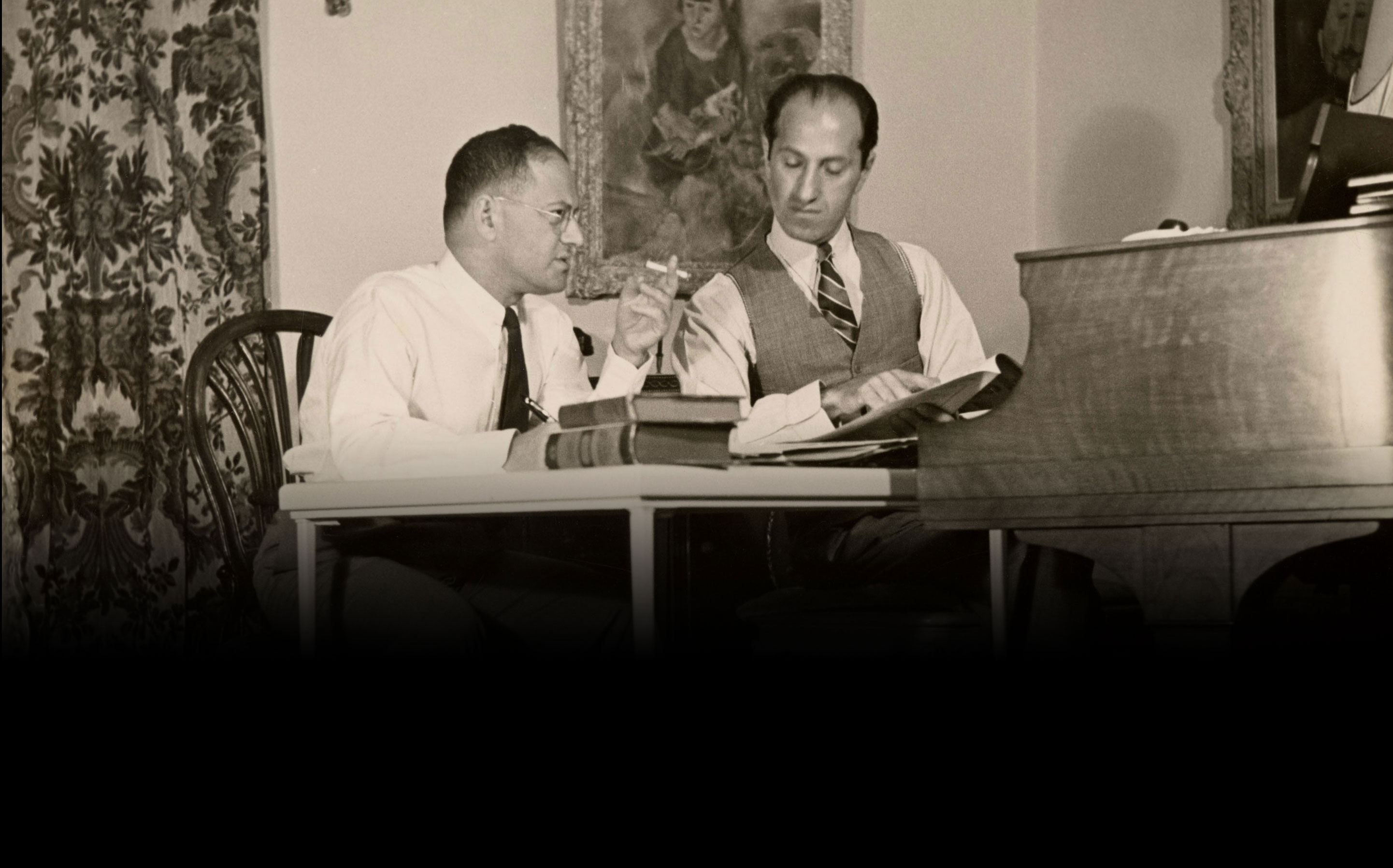Willie Nelson Receives Gershwin Prize for Popular Song
The Library of Congress awarded country music singer and songwriter Willie Nelson with the eighth annual Gershwin Prize, which he received at a memorable music-filled award ceremony on Nov. 15. Singer and songwriter Willie Nelson was honored with this year’s Library of Congress Gershwin Prize for Popular Song. The tribute concert took place on Nov. 15 at the DAR (Daughters of the American Revolution) Constitution Hall in Washington, D.C. The Gershwin Prize tradition began in 2007, when the Library of Congress selected its first recipient, Paul Simon. Since then, a total of eight outstanding songwriters have been recognized by […]
